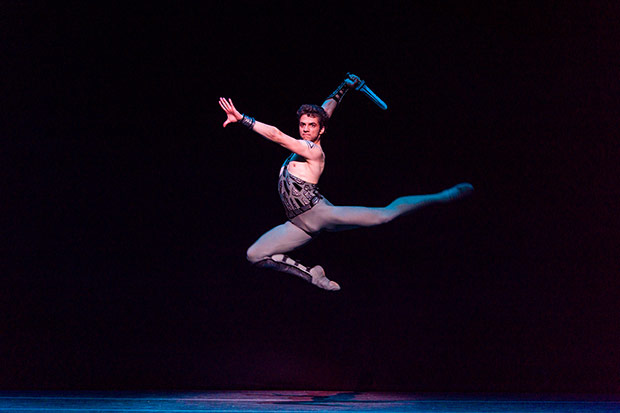
© Darren Thomas. (Click image for larger version)
Bolshoi Ballet
Spartacus
★★★★✰
Brisbane, Queensland Performing Arts Centre
27 June 2019
www.bolshoi.ru
www.qpac.com.au
What keeps Spartacus alive on stage after all these years is the tragedy within it, one we live with now as we have in the past – how heroes do their best to save others and narcissistic bullies stamp all over them.
And what made it work in Brisbane’s Lyric Theatre was the virtuosity of the Bolshoi Ballet’s dancers. The company has travelled to Australia with a bevy of exceptional principals and leading soloists whose technical strength and compelling acting’s skills brought the house down during their 11-day residence at QPAC.
But what didn’t work so well was the outdated choreography of Yuri Grigorovich’s Spartacus. He has described his Spartacus as “classical ballet not as Petipa but in more complex forms that have evolved from it under the medium of modern dance and life itself”.
But that description was in 1968, the year of its premiere in Moscow when modern ballet and life itself was of course far from 2019.
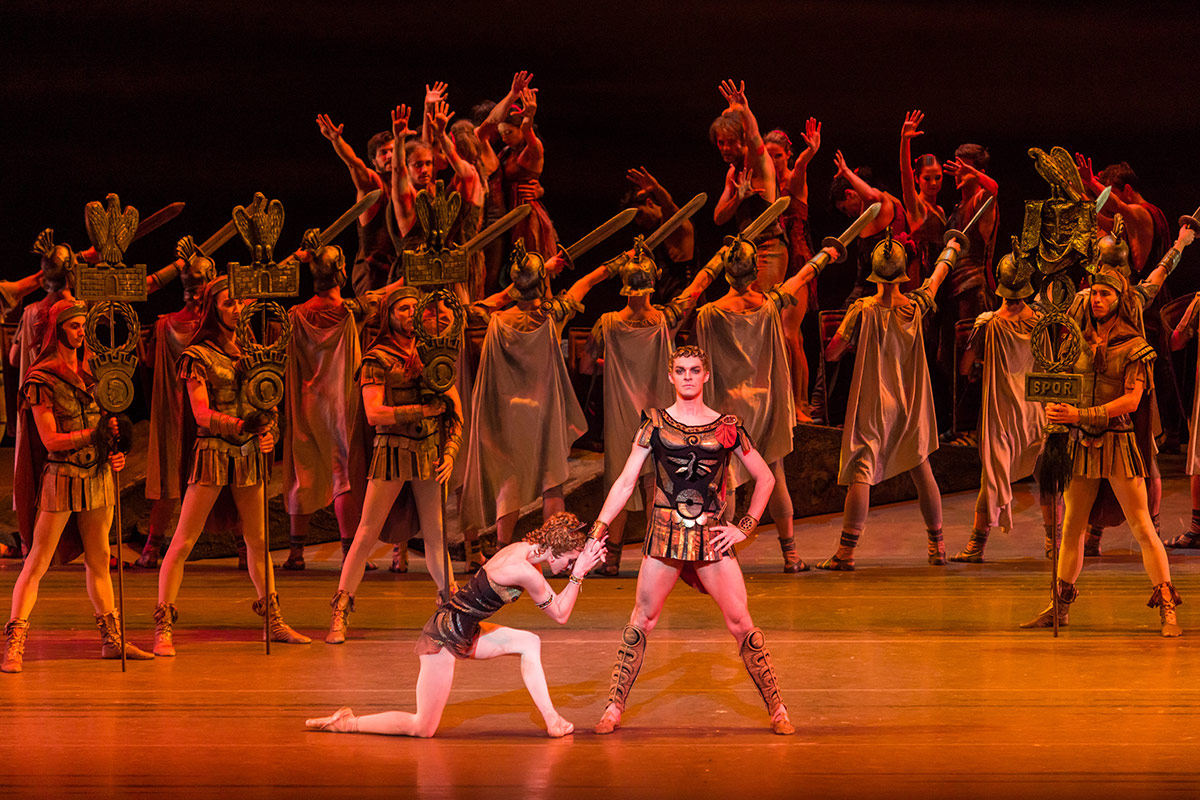
© Darren Thomas. (Click image for larger version)
There are awkward moments – the high kicking military walks, the arrival of satyrs with long bushy tails and animal ears, the foreplay of Crassus and his courtesan, Aegina as two gladiators, Spartacus and Hermes, fight to the death, and how Aegina poses as a showgirl in the style of Bob Fosse’s Big Spender choreography as she excites the soldiers in Spartacus’s army with her squiggles.
The pas de deux for Olga Smirnova as Aegina and Alexander Volchkov as Crassus brought out all the vigour and power of the Bolshoi style and almost stole the show.
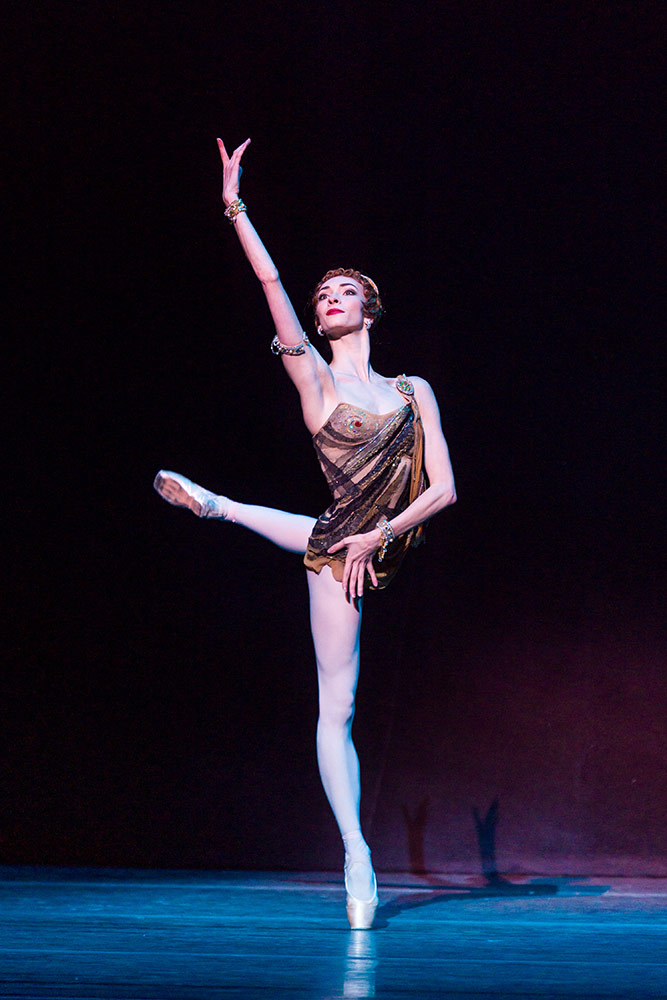
© Darren Thomas. (Click image for larger version)
In this Spartacus production Crassus plays a major dancing role as a tyrant who is both powerful and repulsive in his determination to destroy Spartacus and his army.
His manner and narcissism is the first thing the audience sees as he strides downstage from the centrepiece of the tableau of men holding their shields.
However, the man of the moment on opening night was Igor Tsvirko as Spartacus whose stamina, elevation, turns, partnering, and fouettés were staggering in their execution.
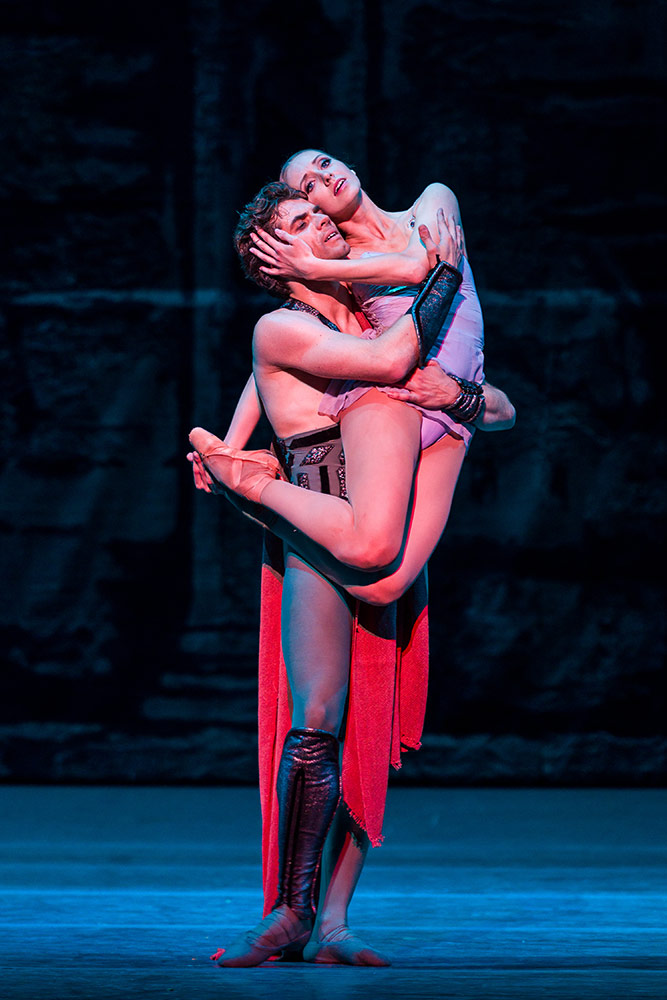
© Darren Thomas. (Click image for larger version)
I suspect there was hardly a dry eye in the house when he danced to Khachaturian’s adagio with Margarita Shrayner as Phrygia, Spartacus’s wife.
Despite its quirky choreography and repetitive steps – attitudes, renverses and double tours – if you plan to see Spartacus for the first time, the Bolshoi’s the one, and no Russian choreographer would dare to touch it while Grigorovich’s production remains the company’s signature.








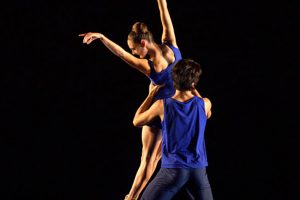
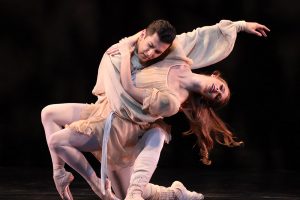
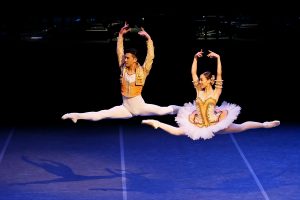
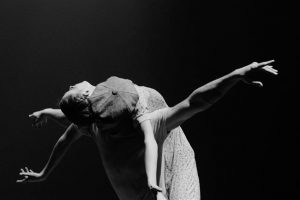
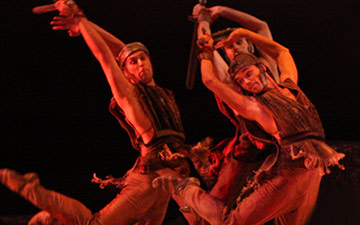




Classics are classics because they are timeless. And Grigorovich’s Spartacus is a modern classic, a masterpiece, with astonishingly difficult physicality, logical and self explanatory story line, and the movements that are completely synergetic with the music.
Grigorovich created this ballet working closely with Aram Khachaturian, sometimes music inspired choreography, sometimes choreography called for certain music. This is the only way to create the masterpiece, its artistic and commercial success is a testimony to that process.
Again, classics are classics because they are timeless. They portray human emotions that don’t age, they speak to us through the decades and centuries, and we can relate, we can see ourselves in the characters.
Unfortunately Valerie Lawson doesn’t see it this way, we can only wonder why.
Sorry if you see things differently, but ultimately the review rates the show 4 stars. That’s hardly a damming assessment or view and recognises it as as a show well worth seeing. Later this month Spartacus opens in London and it will be interesting to see what the London critics currently think. Ed